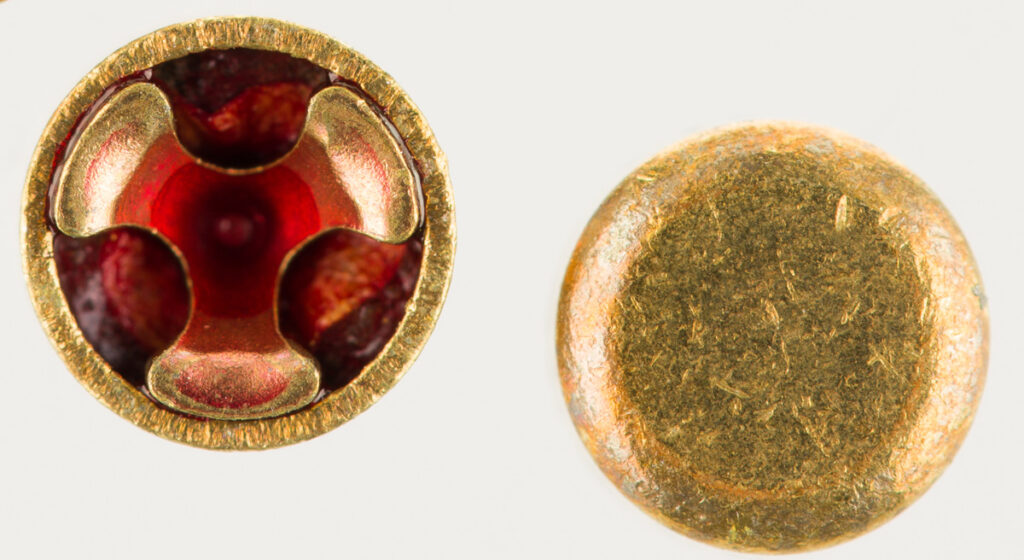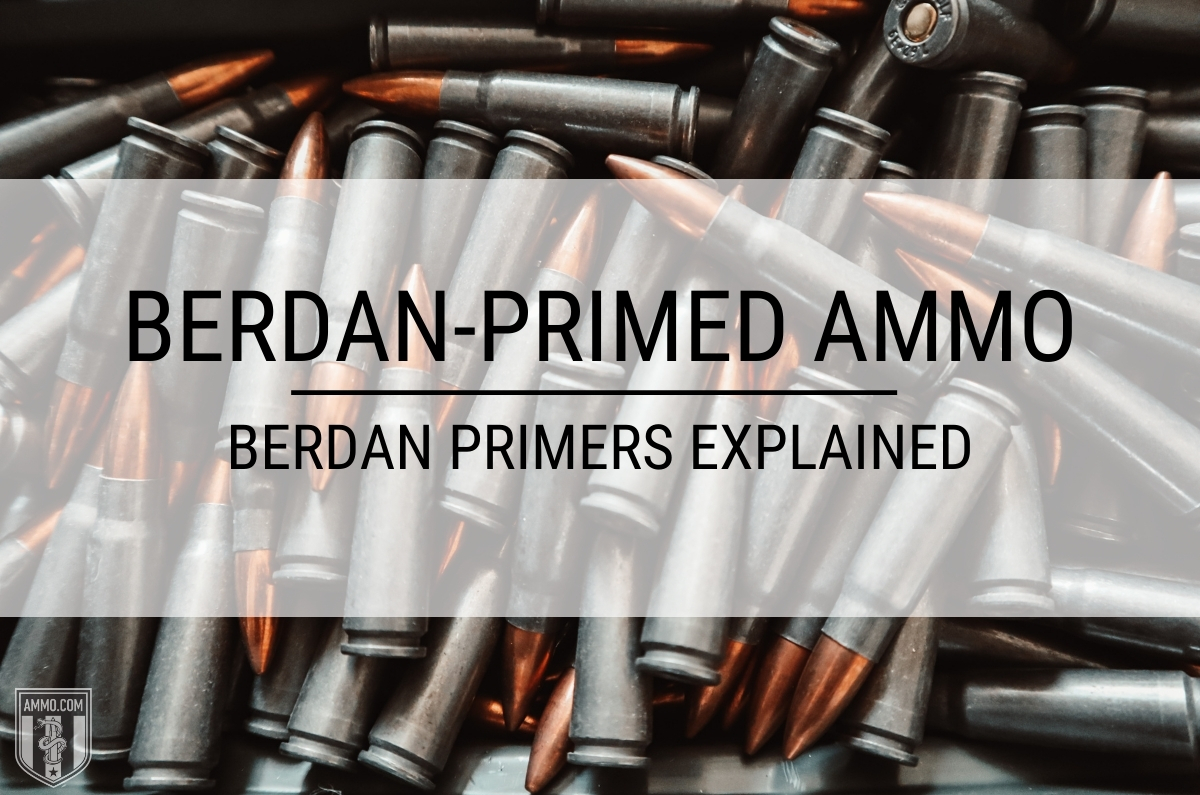Rumored Buzz on Cci Primers
Table of ContentsThe 9-Minute Rule for Cci PrimersReloading Primers for BeginnersGetting The Pistol Primers To WorkReloading Primers Things To Know Before You BuyThe Facts About Reloading Primers Uncovered
Element of the firearm cartridge for launching propellant combustion In firearms and also weapons, the guide () is the chemical and/or tool in charge of launching the propellant burning that will certainly press the projectiles out of the gun barrel. In early black powder guns such as muzzleloaders, the primer was basically the same chemical as the main propellant (albeit generally in a finer-powdered form), yet poured right into an exterior flash pan, where maybe fired up by an ignition resource such as a slow suit or a flintlock though some muzzleloaders have primers like cap gun caps. cci primers.
Instances include handgun cartridges, rifle cartridges, as well as shotgun coverings. Bigger artillery pieces on the other hand typically use electric priming. In weapons the primers are frequently a separate part, positioned inside the barrel to the rear of the major propellant chargebut there are various other instances of weapons, including for instance some automated weapons, created to fire cartridges with important electrical guides.
Excitement About Pistol Primers

This hole was filled up with finely ground powder, which was after that sparked with a warm coal or torch. With the advent of hand-held weapons, this came to be an undesirable means of shooting a weapon. Holding a burning stick while trying to pour a charge of black powder very carefully down a barrel threatens, and trying to hold the weapon with one hand while simultaneously focusing on the target and seeking the touchhole makes it very tough to fire precisely. [] The initial effort to make the process of firing a tiny arm less complicated was the "matchlock".
, and also dried. After the weapon was packed as well as the touchhole primed with powder, the burning tip of the suit was positioned so that the lock would certainly bring it into call with the touchhole.
What Does Remington Primers Mean?
This brought the suit down to the touchhole, sparking the powder. With cautious focus, the slow-burning suit can be kept burning for long periods of time, and making use of the lock device made rather accurate fire possible. The next change in ignition technology was the "wheel-lock". It made use of a spring-loaded, serrated wheel which massaged against an item of iron pyrite, comparable to a contemporary lighter.

The protected flashpan likewise gave some capacity to withstand negative weather. The wheel-lock delighted in just a quick period of popularity before being superseded by a simpler, extra robust layout.
The smart Trick of Rifle Primers That Nobody is Discussing
As the name implies, the flintlock utilized flint as opposed to iron pyrite. The flint was held in a spring-loaded next page arm, called the "penis" from the similarity of its movement to a pecking poultry. The dick rotated via about a 90-degree arc and was held in the tensioned, or "cocked" position by a trigger. https://writeablog.net/relodprim3rs/h2-style-clear-both-id-content-section-0-pistol-primers-things-to-know.
The "half-cock" placement held the dick halfway back, and utilized a deep notch so that shooting would certainly not release the penis. Half-cock was a security position, made use of when packing, storing or lugging a loaded flintlock. The "full-cock" position held the penis right back as well as was the setting from which the weapon was discharged.
It served as both a flashpan cover and also a steel striking surface area for the flint. The frizzen was pivoted as well as spring-loaded to ensure that it would certainly secure the open or shut setting. When closed, the striking surface area was placed to ensure that the flint would certainly strike at the appropriate angle to create a trigger.
Pistol Primers for Dummies
The flintlock system was less complex and also more powerful than the wheel-lock, and the flint and also steel provided a good, trusted resource of ignition. The flintlock continued to be in military service for over 200 years, as well as flintlocks are still made today for historical re-enactments and muzzle-loading target competitors, and for hunters who delight in the additional obstacle that the flintlock gives.
By the center of the 19th century, the percussion or caplock system was well established., as it was simpler as well as extra trusted than the flintlock.
The flashpan and also frizzen were removed as well as changed by a small, hollow straight cylinder (drum) screwed right into the bored-out and touched flash hole as well as bring a "nipple area" over which the cap could be fitted. A "hammer" which additionally had half-cock (for filling and also applying the cap) and full-cock placements replaced the penis.